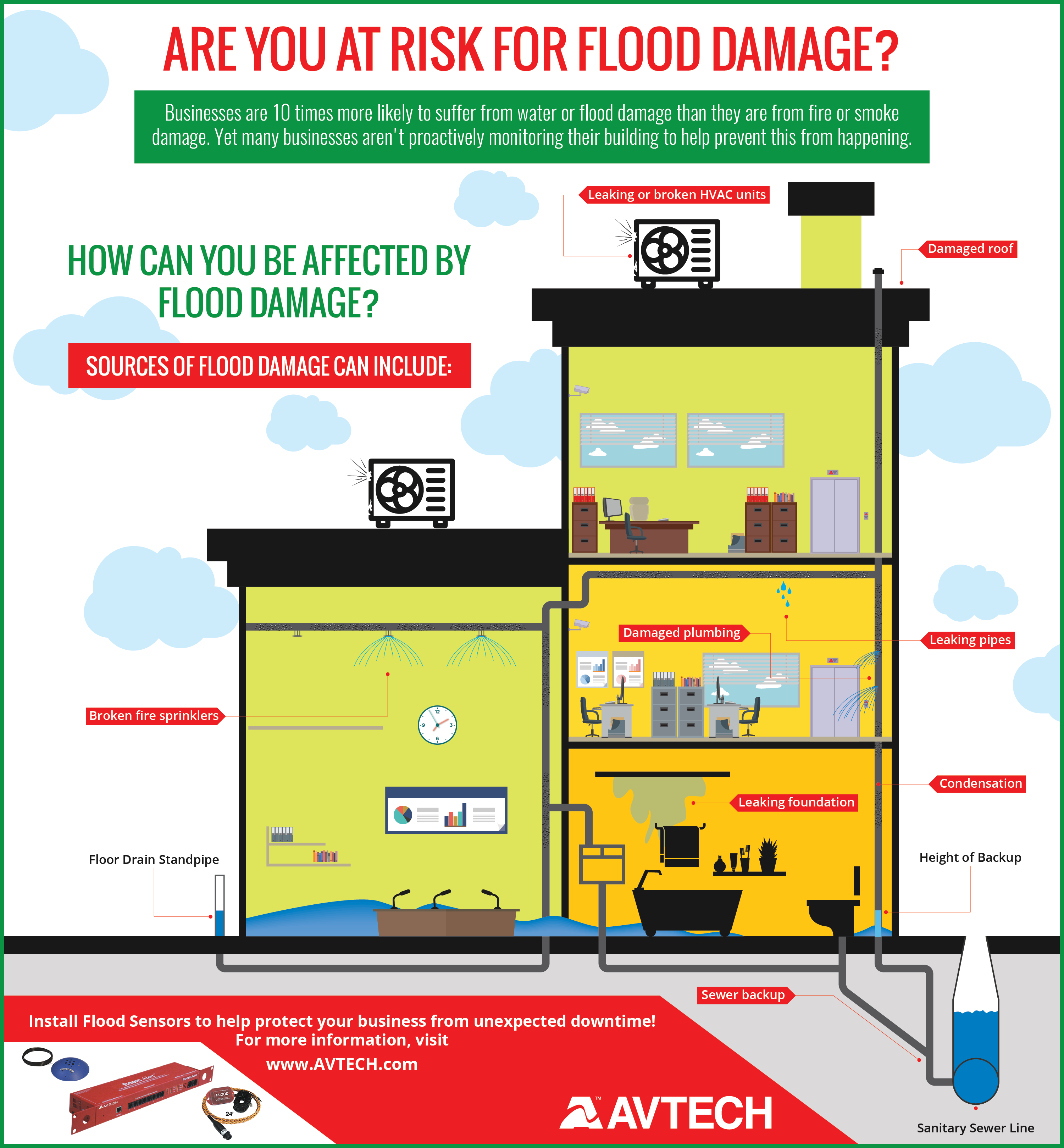Understanding The Impact Of Weather On Photovoltaic Panel Performance: Important Details To Consider
Understanding The Impact Of Weather On Photovoltaic Panel Performance: Important Details To Consider
Blog Article
Content Author-Hooper Maldonado
When it comes to photovoltaic panel performance, understanding how weather conditions come into play is key. Photo this: your photovoltaic panels indulging in the sunlight's radiance, soaking up power to power your home. However what takes place when clouds roll in or temperatures vary? Just how does that influence your power manufacturing? By diving right into the intricate dance between weather and photovoltaic panels, you'll uncover essential understandings that can aid you make the most of your renewable resource setup. Discover the subtleties of sunshine strength, temperature impacts, and the role of cloud cover and rainfall in maximizing your solar panel performance.
Impact of Sunshine Strength
In some cases, the intensity of sunshine can dramatically affect the effectiveness of solar panels. When the sunlight is strong and direct, your photovoltaic panels produce even more power. However, throughout cloudy days or when the sun is at a low angle, the panels get much less sunlight, minimizing their effectiveness. To maximize the power output of your solar panels, it's crucial to mount them in locations with sufficient sunshine direct exposure throughout the day. Consider aspects like shading from nearby trees or buildings that can block sunlight and decrease the panels' efficiency.
To optimize the effectiveness of your solar panels, consistently tidy them to get rid of any type of dirt, dust, or debris that might be obstructing sunlight absorption. Additionally, make sure that your panels are angled appropriately to receive the most straight sunlight possible.
Influence of Temperature Adjustments
When temperature adjustments occur, they can have a considerable influence on the efficiency of photovoltaic panels. https://www.nytimes.com/2022/05/30/business/hawaii-solar-energy.html work best in cooler temperature levels, making them a lot more effective on moderate days compared to extremely warm ones. As the temperature level enhances, solar panels can experience a reduction in performance due to a sensation known as the temperature level coefficient. This result triggers a decrease in voltage result, inevitably affecting the total power manufacturing of the panels.
Conversely, when temperature levels go down as well reduced, solar panels can also be affected. Extremely cold temperatures can lead to a decrease in conductivity within the panels, making them less efficient in producing power. This is why it's important to take into consideration the temperature level conditions when installing photovoltaic panels to optimize their performance.
Function of Cloud Cover and Rain
Cloud cover and rainfall can substantially affect the efficiency of solar panels. When clouds block the sun, the amount of sunshine reaching your photovoltaic panels is decreased, causing a reduction in power manufacturing. Rainfall can also impact photovoltaic panel effectiveness by obstructing sunshine and creating a layer of dirt or gunk on the panels, better decreasing their capacity to generate electricity. Also light rain can scatter sunlight, triggering it to be less concentrated on the panels.
Throughout overcast days with hefty cloud cover, solar panels may experience a significant decrease in energy output. However, it deserves keeping in mind that some modern solar panel technologies can still produce electrical energy even when the sky is over cast. Furthermore, rain can have a cleaning impact on photovoltaic panels, removing dirt and dirt that may have built up over time.
To make go right here of the efficiency of your solar panels, it's important to consider the effect of cloud cover and rainfall on energy manufacturing and guarantee that your panels are appropriately maintained to endure varying weather conditions.
Conclusion
Finally, weather condition plays a substantial duty in the performance of your photovoltaic panels. Maximizing sunshine direct exposure, taking care of temperature level changes, and checking cloud cover and rainfall are crucial variables to consider for ideal power generation. Regular maintenance, such as cleaning up panels, is critical for keeping peak performance. By understanding how weather influences your photovoltaic panel effectiveness, you can make enlightened choices to optimize power output and financial savings.
